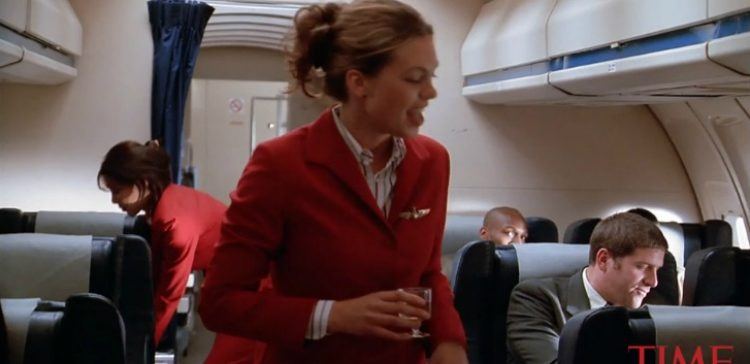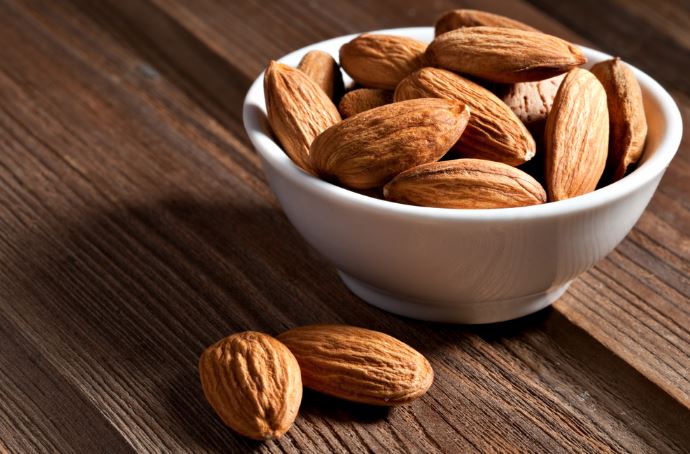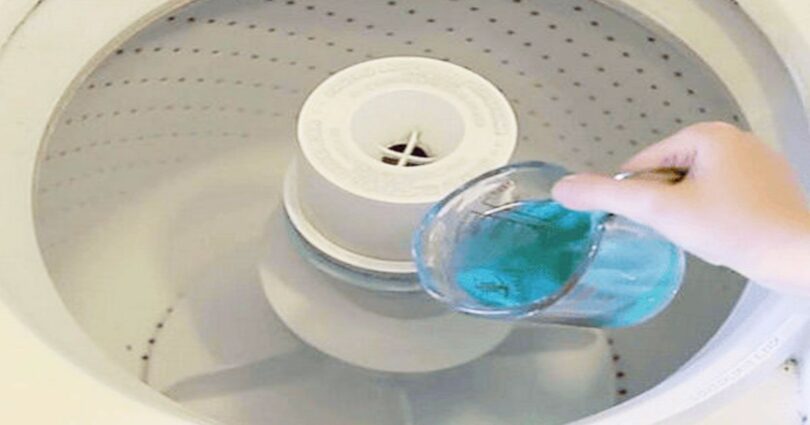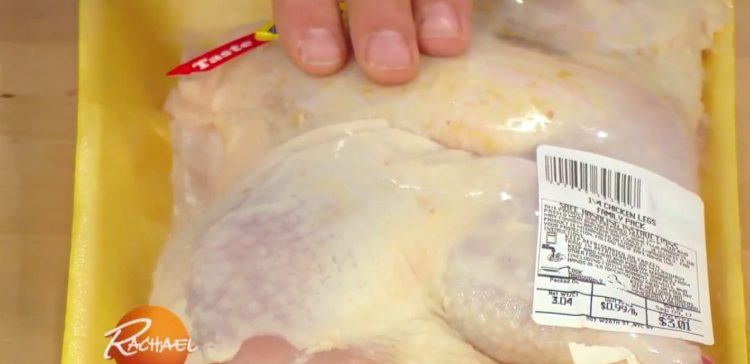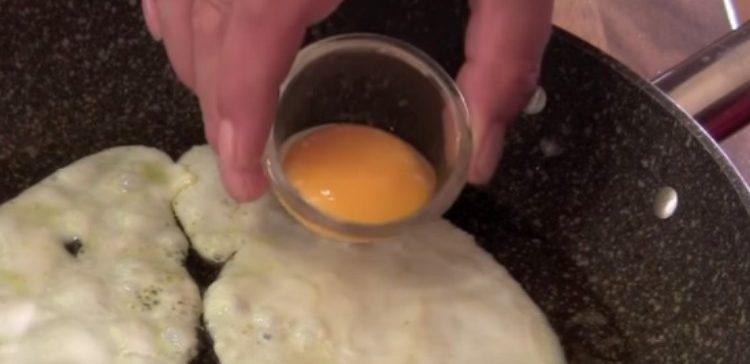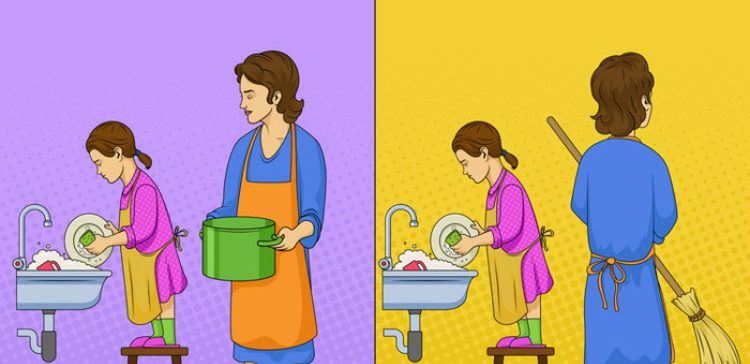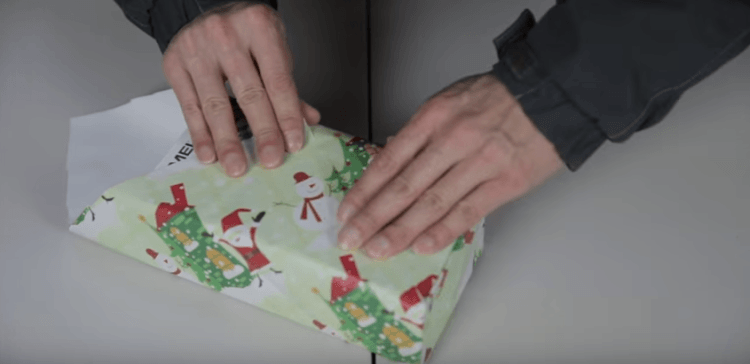Scientists indicate that the presence of coliform can sometimes mean that E. coli is also present, though that is not always the case. Boiling the water doesn’t always destroy bacteria, especially if the water isn’t heated enough. So there goes that steaming cup of coffee.
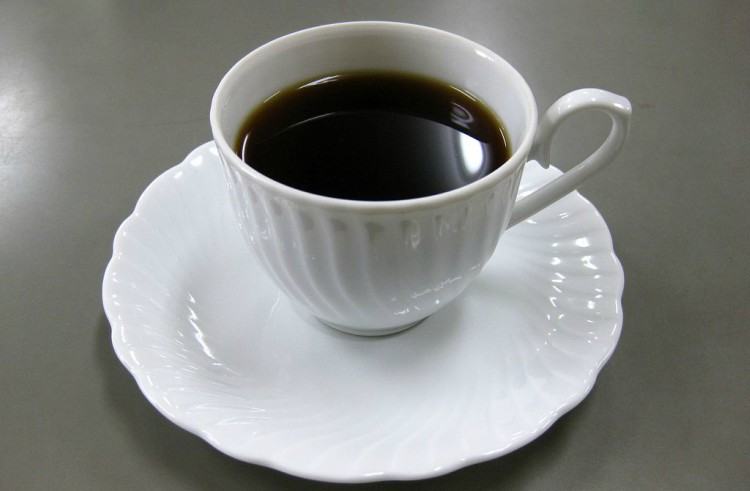
Contamination can occur during any phase of the water transfer process. Water is retrieved via truck from a facility and driven to the plane, where it is often parked next to the truck that handles lavatory disposal. Chances of cross contamination are high and can make flying bad for your health.
A study by NIH asserted that some airplane water tanks aren’t fully emptied unless it happens after a flight. That means some tanks are holding the same water indefinitely, or at least until they are due for a periodic flush.
As far as international flights, health officials in Canada and China have produced similar findings to the EPA’s. In some countries, there are little to no regulations for where tank water is sourced from, and carriers may refill wherever they land. For travelers, it is best to stick with bottled.
While the EPA and FDA work together to set regulations for the airline industry’s tap water supply, it’s not always enforced. Your best bet is to err on the side of caution and stick to bottled water. Also bear in mind that this is the same water that’s used to wash your hands, so carrying personal sanitizer might be a good option.
If you’re in doubt, drink bottled, don’t fill baby bottles with tap water on the plane, and avoid hot drinks.
What do you think about airplane tap? Will you go bottled or bring your own?
Sources:
- NIH
- Time
- Travel + Leisure
- NBC5
- Tiphero.com

